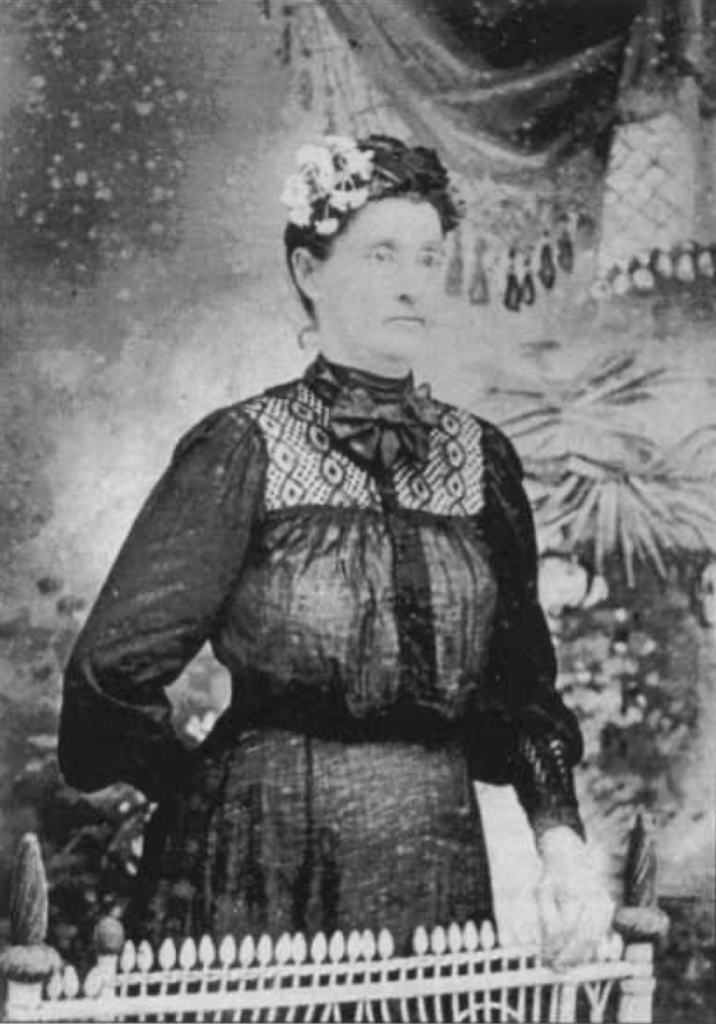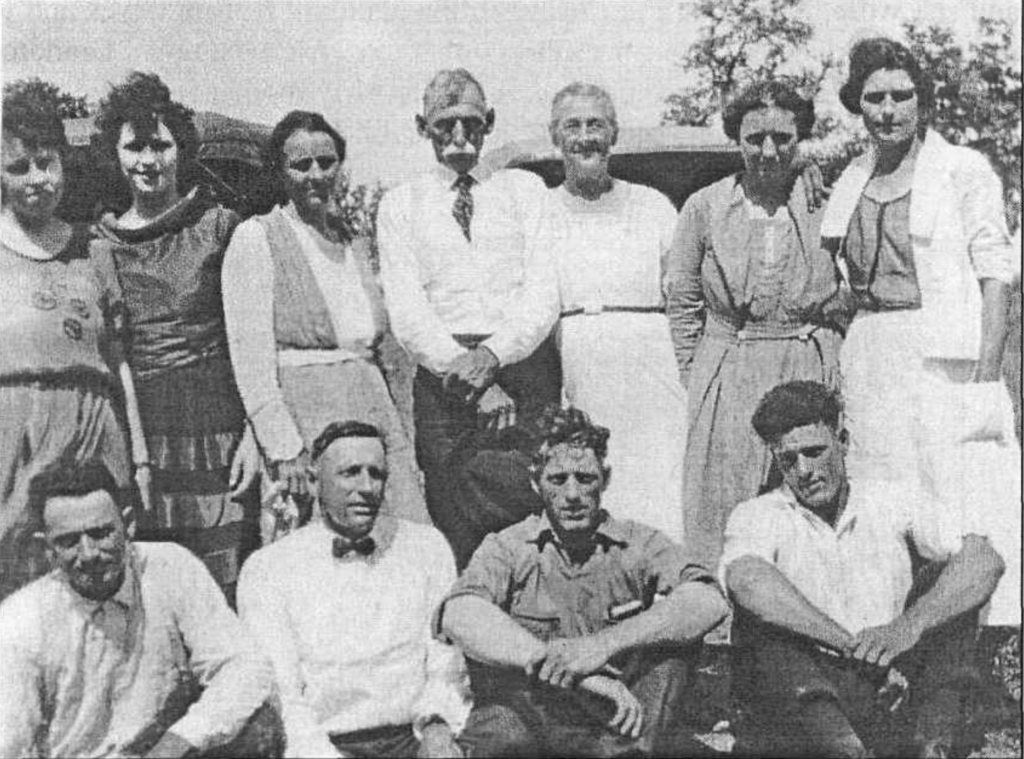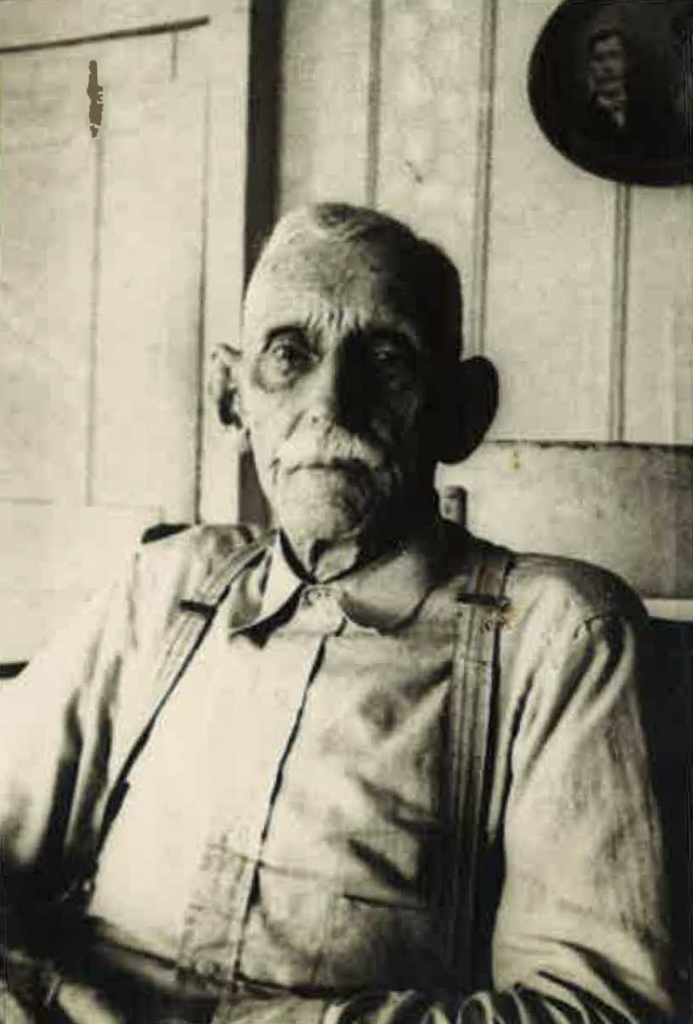by Leisa Parsons, Area Media Specialist

Stories provide the fabric that weave families together and span generations. Memories shared, provide a glimpse into their lives and hopes for the future. This story of love, hope, faith and firearms starts in 1892 with John and Jemima Shaw.

In 1892, they moved their family from Mississippi to south Texas in search of better farming prospects. They would eventually settle in Cuero, in DeWitt County. There, they established themselves as hardworking farmers and they were devout members of their Protestant church.

Two missionaries from the Church of Jesus Christ of Latter-day Saints showed up at the Shaw farm one afternoon, tired and hungry. Mattie Shaw, the oldest of John and Jemima’s 11 children recorded: “The two missionaries…walked on foot to all the farms at that time. When they first came to the house Papa told the girls to give them a drink but he did not invite them to come in.”

John Shaw allowed them to rest in the barn. He was impressed with the missionary’s friendliness and readiness to help out around the farm. Mattie Shaw wrote: “They talked about the restored Gospel, but Papa was leery about it. He told Mama he thought he ought to set those boys straight, that he felt sorry for them being so far from home and so confused with false doctrines.”

When the missionaries returned one afternoon, they learned that Jemima was ill, she had a growth the size of a cantaloupe on her side. The missionaries explained about priesthood blessings and offered to administer to Jemima. John, who hadn’t even allowed the missionaries inside, refused the offer. When the elders returned the next day they found Jemima worse. John relented and allowed them to “pray over her”. Within minutes Jemima received relief. The growth began shrinking and was entirely gone by the next day.

With great faith in the priesthood power that had healed her, Jemima expressed a desire to be baptized. John said no, but after several days his heart softened. He agreed to listen to the message of the missionaries. He and Jemima were baptized August 28, 1900 in the Guadalupe river. Eventually all nine of the living Shaw children would also be baptized.

Mattie Shaw wrote about her baptism: “I was so happy, but was soon to find out what it meant to be a Mormon….And did we ever invite trouble when we [joined the Church].” Mattie continued: “Papa was the first to join the Church and large groups of men would ride on horseback nearly every Saturday night — why on Saturday I do not know — with handkerchiefs tied around their faces and shoot through our house. They would run by on their horses and shoot into the house. Our mother put the children’s bed on the floor so we would be below the range of the bullets, our bedrooms being on the front of the house near the road.”
Despite the hostility, John Shaw taught the gospel whenever he could and even helped convert several neighbors.

Georgia Williams, a great-granddaughter of John and Jemima Shaw, lives in San Antonio and treasures the family heritage that began in south Texas with her great-grandparents. “It was my great-grandmother’s faith that brought [the family] to the gospel,” says Williams.

The descendants of John and Jemima Shaw now reach into the thousands. They have left a legacy of faithfulness that their descendants, like Georgia Williams, cherish. She says. “With faith they endured whatever life handed them and made their way through it.”

RootsTech, the world’s largest family history and genealogy conference kicks off this Thursday, March 3-5, 2022. RootsTech purpose is simply stated, “we believe in the power of connecting family and finding belonging.” Join us for 3 days of inspiring and uplifting stories that will connect you to the friends, family, and places that matter most. Register for this virtual event free at RootsTech.org.
